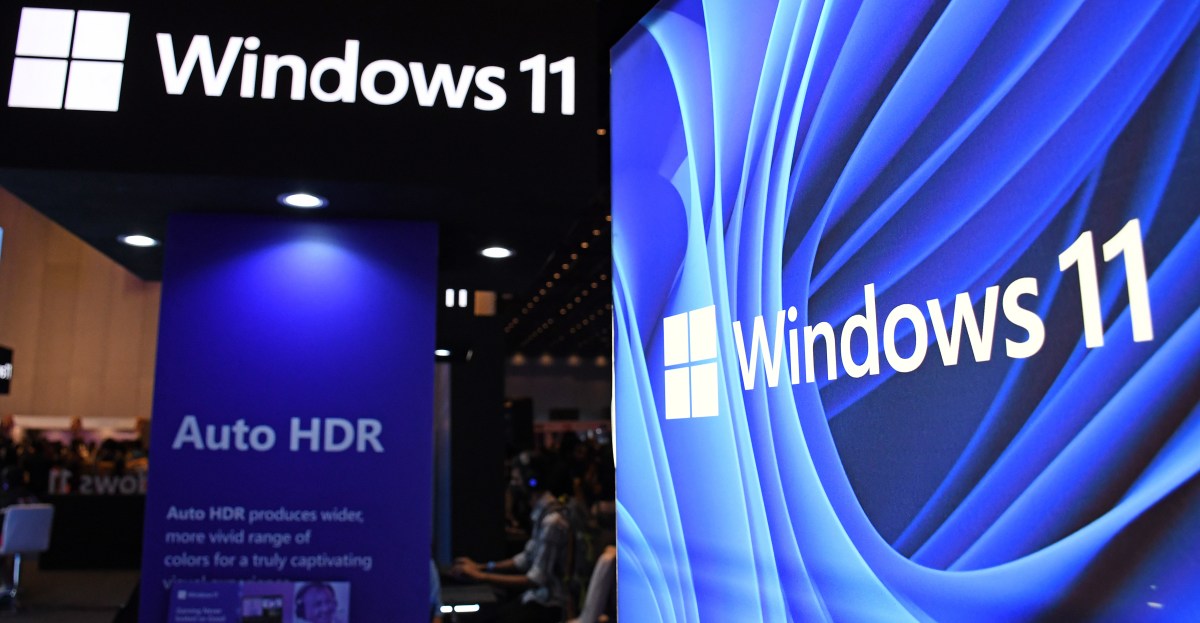Microsoft’s Windows Hello face unlocking feature has ceased to function in dark environments, a change implemented to address security vulnerabilities rather than a simple bug. The update, which was made in April, was aimed at patching a spoofing flaw in Windows Hello.
Windows Central highlighted this alteration after users of Surface Laptops began reporting difficulties logging in with facial recognition in dimly lit conditions. According to Microsoft’s April Windows Update patch notes, “After installing this update or a later Windows update, for enhanced security, Windows Hello facial recognition requires color cameras to see a visible face when signing in.”
Users can circumvent this limitation by disabling their webcam in the Windows 11 Device Manager, but doing so prevents the camera from being used in applications or during video calls. While this might be a suitable option for those who solely use the camera for laptop access, many users rely on it for more interactive purposes.
Windows Hello employs both color cameras and infrared sensors to effectively recognize faces. The vulnerability, identified by researchers at Nanyang Technological University, was categorized as “important” by Microsoft, though it has not been made public or exploited. The company suggests that the likelihood of exploitation by malicious actors on a local device is “less likely.”
We have contacted Microsoft to inquire whether they plan to restore the capability for Windows Hello to function in darkness in the future and will provide updates as they become available.

